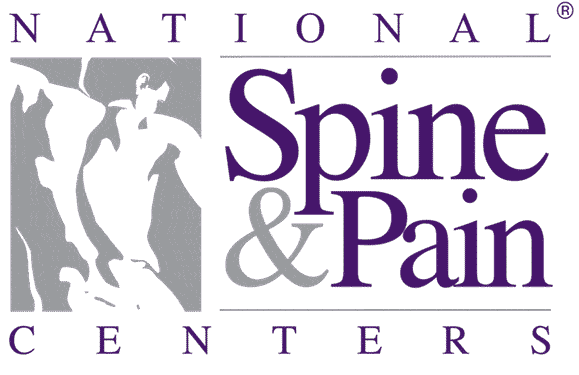PRP significantly improves Tennis Elbow symptoms
Efficacy of platelet-rich plasma for chronic tennis elbow: a double-blind, prospective, multicenter, randomized controlled trial of 230 patients.
Abstract
BACKGROUND:
Elbow tenderness and pain with resisted wrist extension are common manifestations of lateral epicondylar tendinopathy, also known as tennis elbow. Previous studies have suggested platelet-rich plasma (PRP) to be a safe and effective therapy for tennis elbow.
PURPOSE:
To evaluate the clinical value of tendon needling with PRP in patients with chronic tennis elbow compared with an active control group.
STUDY DESIGN:
Randomized controlled trial; Level of evidence, 2.
METHODS:
A total of 230 patients with chronic lateral epicondylar tendinopathy were treated at 12 centers over 5 years. All patients had at least 3 months of symptoms and had failed conventional therapy. There were no differences in patients randomized to receive PRP (n = 116) or active controls (n = 114). The PRP was prepared from venous whole blood at the point of care and contained both concentrated platelets and leukocytes. After receiving a local anesthetic, all patients had their extensor tendons needled with or without PRP. Patients and investigators remained blinded to the treatment group throughout the study. A successful outcome was defined as 25% or greater improvement on the visual analog scale for pain.
RESULTS:
Patient outcomes were followed for up to 24 weeks. At 12 weeks (n = 192), the PRP-treated patients reported an improvement of 55.1% in their pain scores compared with 47.4% in the active control group (P = .163). At 24 weeks (n = 119), the PRP-treated patients reported an improvement of 71.5% in their pain scores compared with 56.1% in the control group (P = .019). The percentage of patients reporting significant elbow tenderness at 12 weeks was 37.4% in the PRP group versus 48.4% in the control group (P = .143). Success rates for patients at 12 weeks were 75.2% in the PRP group versus 65.9% in the control group (P = .104). At 24 weeks, 29.1% of the PRP-treated patients reported significant elbow tenderness versus 54.0% in the control group (P = .009). Success rates for patients with 24 weeks of follow-up were 83.9% in the PRP group compared with 68.3% in the control group (P = .037). No significant complications occurred in either group.
CONCLUSION:
No significant differences were found at 12 weeks in this study. At 24 weeks, however, clinically meaningful improvements were found in patients treated with leukocyte-enriched PRP compared with an active control group.
Am J Sports Med. 2014 Feb;42(2):463-71. doi: 10.1177/0363546513494359. Epub 2013 Jul 3.
